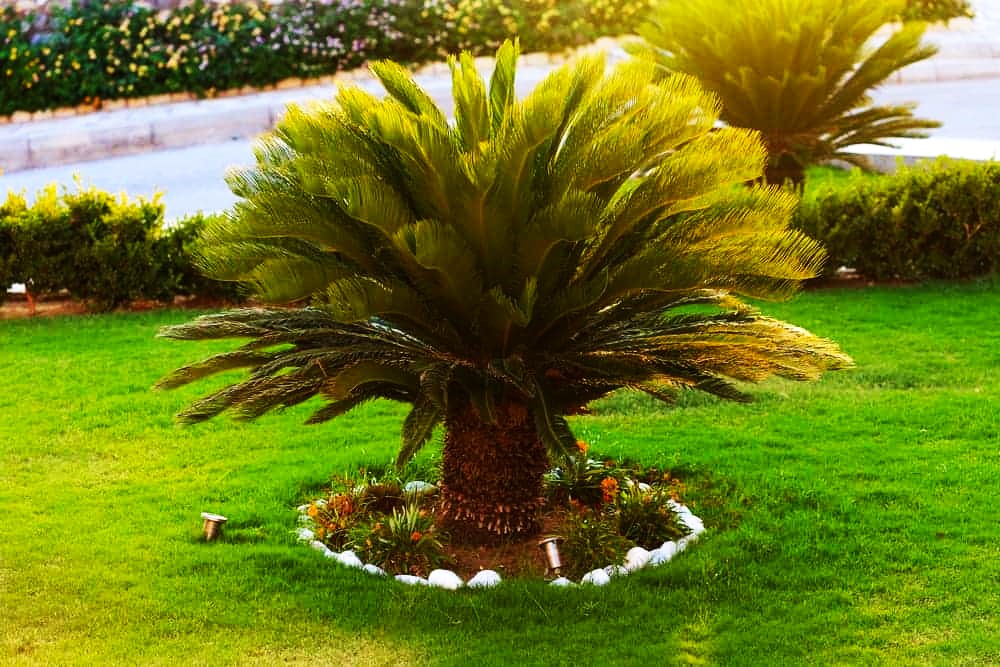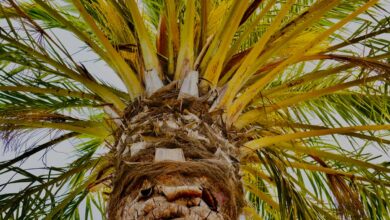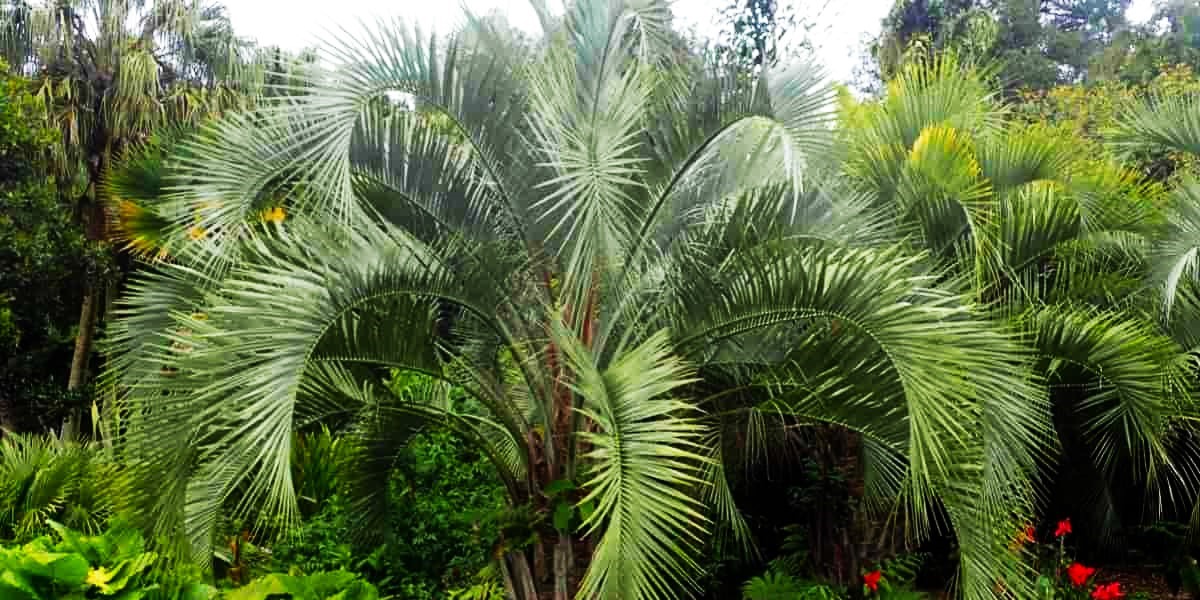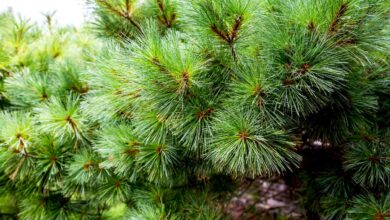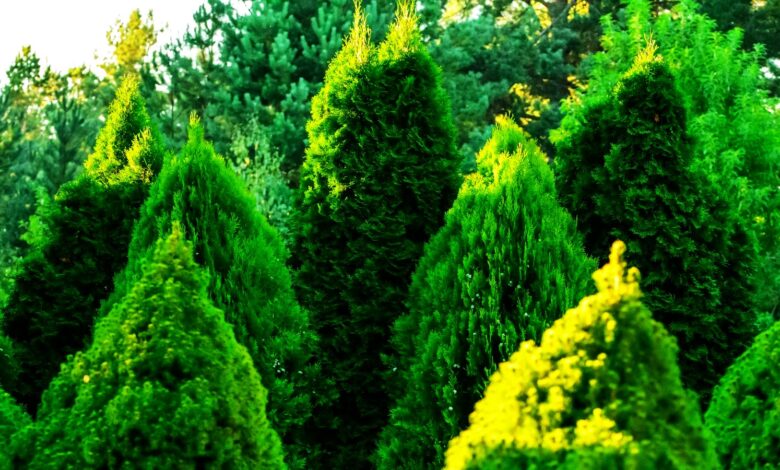
Arborvitae Growing Guide: All the Information You Need
Very common plants, arborvitae are frequently seen as borders or hedges. Two of the five species in the genus Thuja are native to North America. Depending on the species, arborvitae trees can grow in multiple stems, with a single trunk that is either narrow and straight or wide and has many branches. They can be very tall evergreens or dwarf varieties.In addition to its evergreen beauty, the Thuja tree is well-liked and low maintenance.
Fast Facts
- Thuja occidentalis is the botanical name.
- 8–12 feet (2.4–3.6 meters) in height
- Spread: 0.9–1.2 meters, or 3–4 feet
- Sun exposure: from direct sunlight to some shade
- Conditions for the soil: moist, well-drained loam
- USDA Hardiness Zones 2–7
- When to plant: Early spring or late winter
Arborvitae Maintenance
An Arborvitae bush will usually stay slender and narrow when crowded. The plant will spread out more when planted as a single specimen.
The green leaves resemble scales and branch off of the brown stems. When the Arborvitae tree or shrub reaches maturity, it will produce tiny, inconsequential flowers that resemble tiny pine cones. This plant is ideal as a screen because the foliage reaches the ground.
Brightness
The majority of arborvitae species can tolerate a wide variety of lighting conditions quite well. They thrive in full to partial sun, but do poorly in areas with little to no sun. Although they thrive in areas with late afternoon shade, more light will improve the growth and color of their foliage.
Water
Watering these plants twice a week is required when they are first planted. Give the tree or shrub ½-1 inch (1.27-2.54 cm) every week once they are established. When the plant reaches maturity, it can tolerate short droughts, but dehydration causes the leaves to turn brown and the plant to become less healthy overall.
Climate and Humidity
Arborvitae can tolerate temperatures ranging from -15 to 30 degrees Celsius (5-85-85). Since they are mostly plants that grow in temperate climates, their preferred range is in the cooler reaches. Overheating will result in foliar drop and perhaps deformation.
Soil
Excellent drainage is what this stoic plant needs, if anything. When trees are planted in locations with a lot of clay soil and marshy patches, the roots rot and many trees die. Add organic matter to heavy soils to improve them. Install drainage pipes or stay away from planting Thuja in extremely wet areas. A lot of pH ranges are acceptable
Apply fertilizer
Any plant’s fertilization needs should be based on the nutrients that are present in the soil. A test of the soil can verify any deficiencies in minerals or nutrients. The majority of Thuja are fertilized in the early spring using a 10-5-5 formula. This high nitrogen ratio promotes the growth of leaves and other greenery.
Issues, Insects, and Illnesses
It is not unusual to come across multiple dead plants in an arborvitae hedge. This may be the result of disease, excessively wet soil, overcrowding, or other problems. Common pests that like to browse on arborvitae are deer. Other than mites and bagworms, they don’t have many insect pests.
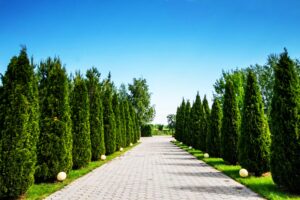
If the foliage starts to turn gray, mites could be the cause. Soil that is too wet can harbor fungus. The weight of the snow can cause the top of the plant to split in places where there is a lot of snow and freezing rain. Secure the top to avoid breaking.
Arborvitae Planting Instructions
Once the soil has been modified to ensure suitable drainage, excavate a cavity that is twice as large as the root ball.
The depth should be such that the top 1 inch (2.54 cm) is slightly above the soil’s surface. Gently disperse the roots and compact the soil surrounding them by backfilling. To help the soil settle, give the tree lots of water.
Tree Pruning for Arborvitae
Pruning Thuja plants is not necessary. Remove any damaged or dead plant material, if needed. To promote the natural pyramid shape of the plant, light pruning of the tips can be done in the early spring.
Transmission
An arborvitae can be multiplied through cuttings. In early fall, take cuttings from a young, newly formed branch. Make a straight, 45-degree cut. At least 5 inches (12.7 cm) of healthy foliage and a woody cut end should be present on the cutting. The cutting will root if the cut end is placed in wet sand.
Repetting
The smaller Arborvitae species are great for growing in containers. To keep the soil fresh, they should be repotted roughly once a year. A great medium is potting soil that has been mixed with some gritty material. In order to allow roots to grow, the container should be deep enough and several inches (5 cm) wider than the width of the roots.
Different Types of Arborvitae
Arborvitae comes in a variety of cultivars. The most prevalent species is presumably American arborvitae, closely followed by giant arborvitae. Twisted Brilliance and Golden Arborvitae are good choices for yellow-colored foliage.
The following varieties are available: Japanese, Holmstrup, Golden Globe, Red Western Cedar, and Emerald. Hetz Midget and Baby Giant are dwarf forms.
Do Arborvitae Grow Quickly?
Arborvitae grow quickly, reaching first heights of 1-2 feet (.31–.61 meters) annually. When fully grown, their yearly output can reach up to 9 feet (2.74 meters).
What Are Arborvitae’s Drawbacks?
Despite being extremely resilient plants with few problems, these plants struggle in hot, dry climates, dry winds, and salty environments. The trees may still suffer even with additional irrigation.

